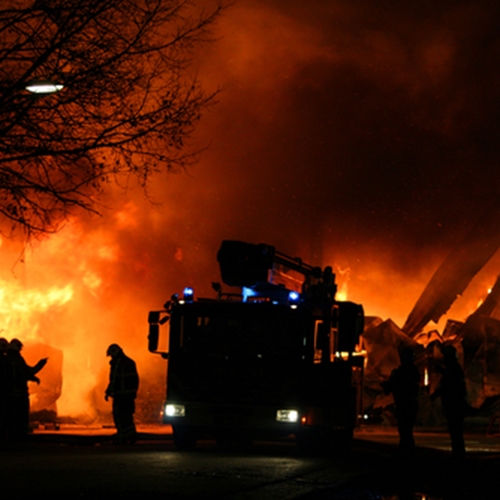
In order to mitigate the frequency and magnitude of chemical plant explosions, the federal Chemical Safety Board is revisiting its regulations and determining the cost effectiveness of revising them.
In These Times reported the CSB is pushing the creation of a "Most Wanted Chemical Safety Improvement" program that will identify and target the single greatest chemical-safety issue. Once determined, the CSB hopes to persuade other, more powerful federal agencies to take action.
For instance, the CSB has made repeated attempts for the Occupational Safety and Health Administration to push through legislation with provisions outlining combustible dust in the workplace, specifically in industrial settings. Dust buildup can cause deadly explosions, such as the Imperial Sugar plant in 2008, which killed 13 workers in Port Wentworth, Ga. Since then, the CSB officially labeled OSHA's combustible dust regulation slow progress "open-unacceptable."
Daniel Horowitz, the managing director of the CSB, said that the new regulations called by the CSB for OSHA to enforce are largely already in place by National Fire Protection Association. According to Horowitz, these regulations are already very effective, and a part of many fire codes adopted by states and local municipalities anyway to install flame detector equipment and combustible gases.
"Every single dust explosion the CSB has investigated could have been prevented by adhering to the NFPA codes," said Horowitz. "So industry should be following them already because they're referenced in the fire codes. [But] what we find is those codes are not regularly enforced in industrial facilities. Fire inspectors are focused on high-occupancy buildings like nursing homes, movie theaters, schools, [not] industrial sites. In the absence of that, we need a national standard in place."
OSHA and its reach
While OSHA has since downgraded a combustible dust rule to a "long-term action," it had begun acquiring information to create such a ruling in 2009. However, according to testimony from Thomas Galassi, director of the directorate of enforcement programs, OSHA's problem is not it ability draft policies, but in enforcing them with a limited budget of $565 million.
"Because of the enormous job OSHA has, and the limited resources available to perform those tasks, we must carefully choose which of these tools we use in any given situation and what the most effective and efficient action would be to address the most important hazards," Galassi testified. "Before deciding to address a hazard by promulgating a new standard, OSHA considers a number of factors, including the estimated time it takes to issue a final OSHA standard; the existing applicable OSHA standards; the usefulness of OSHA's general duty clause for addressing particular hazards, including the existence of industry standards and codes that show industry knowledge of hazards; the effectiveness of training, education, consultation and outreach efforts; as well as vigorous use of the bully pulpit and OSHA's available resources."
Pennsylvania
With the prevalence of hazardous chemicals and the industrial applications, more people are exposed or can be potentially exposed to chemicals and the dangers that are associated with them, such as explosions. According to Pittsburgh's NPR station WESA, the Pennsylvania Public Interest Research Group discovered that more than 5 million Pennsylvania residents live near "high risk" chemical plants, not to mention the millions more that live along a major railway where volatile chemicals are frequently transported.
"There are lots of issues involving respiratory damage, there are carcinogenic effects, there's eye damage – it's countless," said Mary Kate Ranii, a canvass director for PennPIRG. "Some of these chemicals are highly corrosive to the skin if they were ever to be touched or in our drinking water."